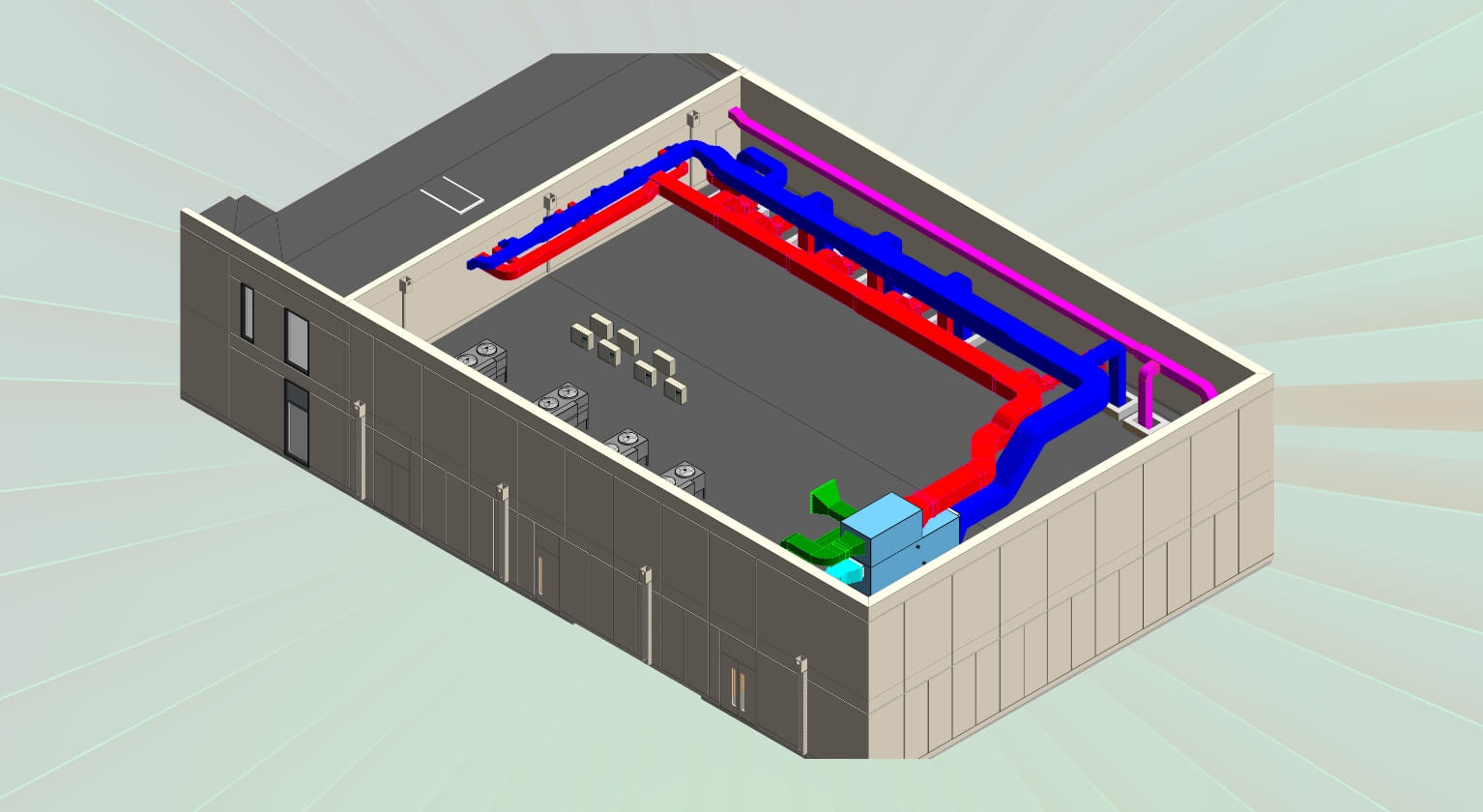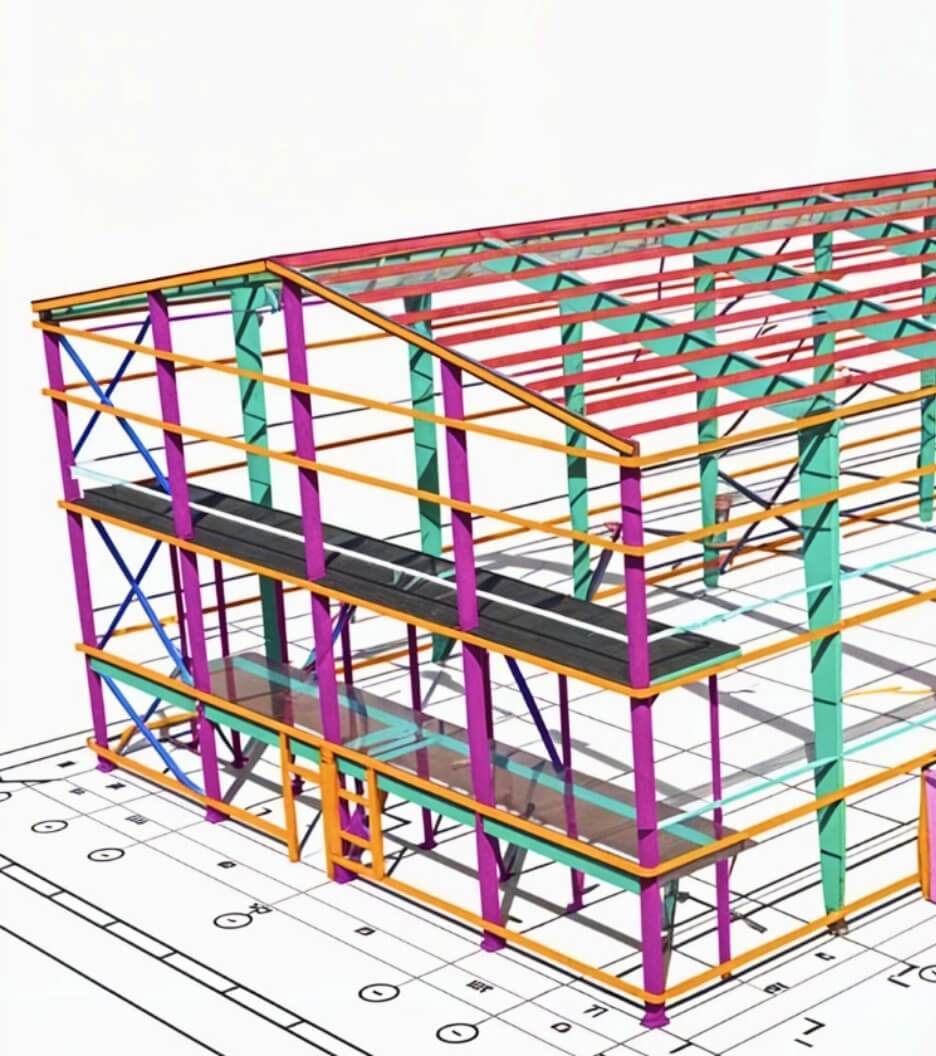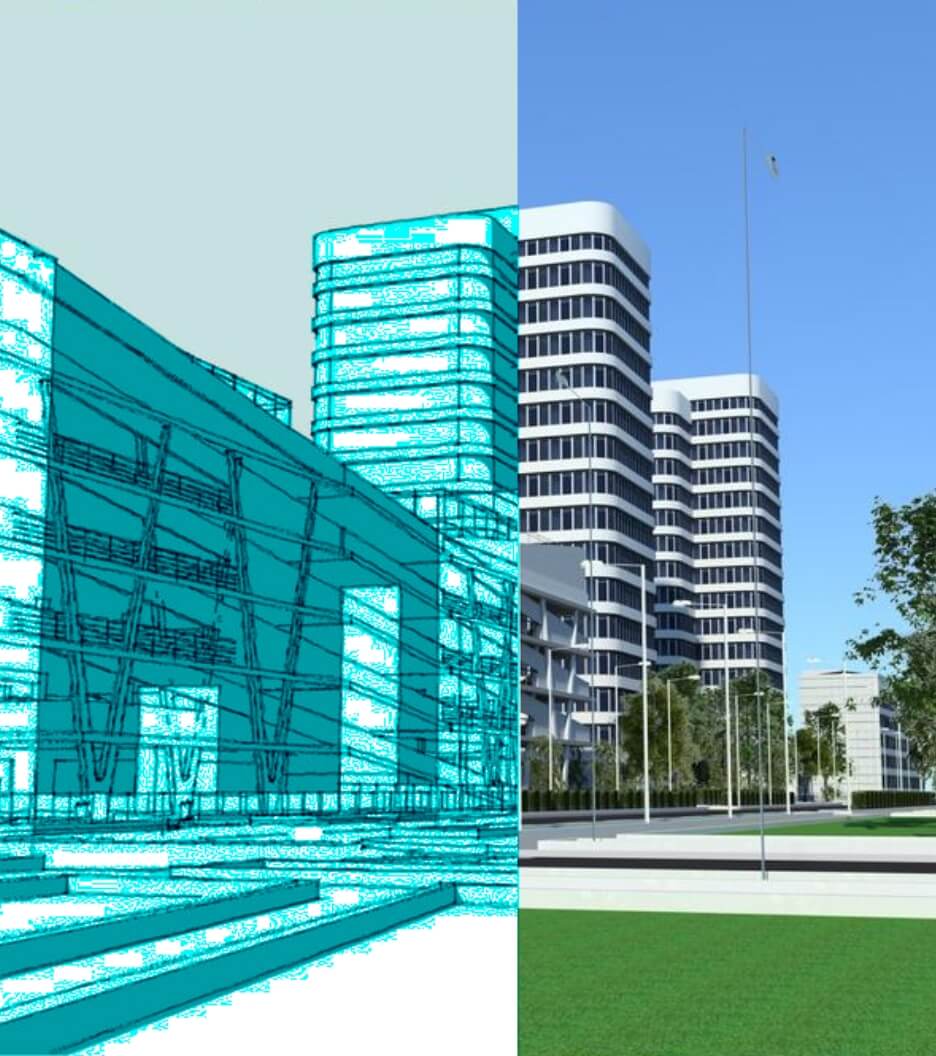 Rahul Dogra
Rahul DograRole of MEP BIM in Clash Detection and Resolution
 Rahul Dogra
Rahul Dogra
Send Us Your Requirement
The horizon of the AEC industry has completely altered compared to earlier times. Today, there are many tools, software, and technologies that have not only simplified the construction process but also made it accurate and efficient. Moreover, a wave of technological advancements in the industry has reshaped how we used to build and design. Modern architecture is full of opportunities, creativity and demands for a modern working approach, which is why, with the help of BIM services in the sector, it is easier to create and manage the 3D model.
Although BIM is the sector’s powerful tool, it has revolutionized MEP BIM services. It is not just another technology but a cornerstone of modern architecture with unmatched efficiency, collaboration, and accuracy. In fact, any building, regardless of its type and nature, is incomplete without its functional components. This means that it is not sufficient to construct just the structure; the mere structure should be functional in all aspects.
Imagine a building where there is no electricity main or sufficient water flow or where it may be unsafe in case of accidental fire or any other natural calamity. Does it make a livable situation in that mere building? It is difficult to paint such a picture with the firm answer no as it has zero facilities, providing a holistic and suitable environment. What makes any infrastructure functional is its livable facilities: mechanical systems, electrical systems, plumbing pipelines, and fire safety.
Effectively Resolve Clashes with MEP BIM Clash Detection Services
Talk to Experts
In collaboration with all three, it makes MEP services. Incorporating MEP with BIM technology makes it even more acceptable, accurate, and efficient for AEC professionals to begin with on-ground work. Moreover, MEP is a simple but blend of science that goes beyond just assembling nuts and bolts. It requires intricate precisions, perfect measurements, and a defined design to successfully install MEP systems in a building.
Additionally, the incorporation of building information modeling makes it a robust integration that offers enhanced coordination, collaboration, and accuracy, which can transform how MEP systems are designed, installed, and maintained. These systems coincide within the walls and ceilings and coexist together in the building, serving a livable and breathable situation in the infrastructure. However, installing three main domains is a complex and motley process for AEC professionals. The sheer complexity of installing MEP systems in a building requires intricate attention to detail, and three domains may clash with each other or clash with other components of the building. Hence, to maintain harmony within these and other elements, MEP BIM services provide accurate processes in the 3D model of the infrastructure. Let’s quickly understand why MEP is critical and how MEP BIM can detect clashes.
Sheer Requirement of MEP in Building
In architecture, a building requires an accurate framework that is functional and habitable. Incorporated with BIM, MEP is the most important aspect in the AEC sector as it is crucial for building design, construction, and maintenance. Moreover, its functional capabilities make the building breathable. For a simpler understanding, let’s break down MEP.
- M – Mechanical System: The foremost discipline stands for mechanical systems that deal with air quality and climate control, including HVAC systems (Heating, Ventilation, and Air Conditioning). These systems ensure that the facility’s living situation is comfortable.
- E – Electrical System: Moving further, the E stands for electrical systems in buildings that charge all the lights, power outlets, and other electrical wiring.
- P – Plumbing System: Lastly, the P in MEP stands for plumbing, which manages all the water-essential systems and pipelines.
It isn’t easy to imagine any facility without these three components, as they play a significant role in maintaining the building’s efficiency. Additionally, installing these systems together in the 3D BIM model can result in a major clash in the functionality of one of these systems.
Hence, it is further encompassed with the BIM model to overcome the complexity of installing MEP, ensuring that the three domains don’t collide with each other or any other infrastructure component. The powerful integration of MEP BIM services makes the project more efficient and accurate, with more advantages for the project and AEC professionals. Following are some of the benefits
- Design Precisions
- Clash Detection and Resolution
- Enhanced Communication and Collaboration
- Sustainability Integration
- Time and Cost Savings
- Minimizing Errors
- Enhanced Safety
With several benefits, MEP BIM services also offer a detailed 3D representation of MEP systems. It has become a comprehensive model to detect clashes and resolve them quickly in the digital model. To understand better, let’s briefly understand the role of MEP BIM in clash detection.
MEP BIM Services Major Role in Clash Detection and Resolution
Constructing any infrastructure requires different aspects of accuracy to keep the building functional. Construction process is complex and time-consuming as it involves various stages, procedures, and techniques to complete the project accurately. Any errors or clashes detected on the construction site can cause a significant loss in terms of money, material, time, and effort. Although BIM services are integrated with MEP systems, it has become easier for architects, engineers, and other collaborators to quickly detect any minor clash and resolve within the model before the actual groundwork begins.
That’s the power of MEP BIM services in the AEC industry. Before the commencement of technology, clashes were recognized on construction sites, resulting in a change of construction plan. Due to this traditional method, cost overruns and delays in projects were frequent. Therefore, with the commencement of MEP Clash detection with the BIM 3D model, identification of clashes between MEP systems has become easier, allowing AEC professionals to avoid any changes during the later stage of construction. MEP BIM services minimize cost overrun, reduce material wastage, resolve conflicts between the three domains, and much more. More than that, MEP BIM offers various benefits, as follows
MEP BIM Offers Various Benefits
Early detection of clashes
Saves Time and Money
Streamline the Communication
Efficient Design
Identify Potential Risk
Enhance Coordination of MEP Systems
In the End
The pivotal role of MEP BIM services in the AEC industry in identifying and resolving clashes is crucial. In today’s modern era, it has become a comprehensive, collaborative approach that ensures saving time, money, and last-minute changes in construction plans. A minor clash between the MEP systems or any other component can result in significant loss. Moreover, the help of MEP BIM services in clash detection enhances communication and collaboration between AEC professionals.


